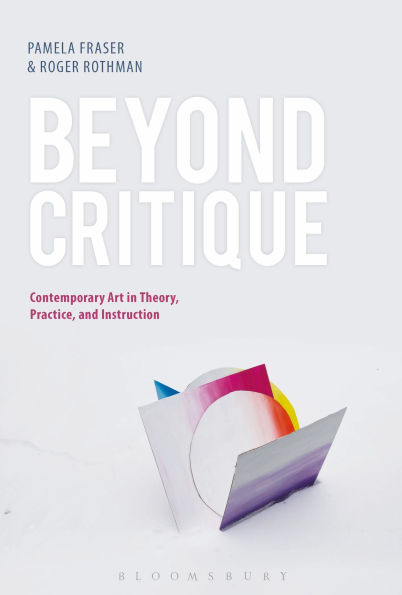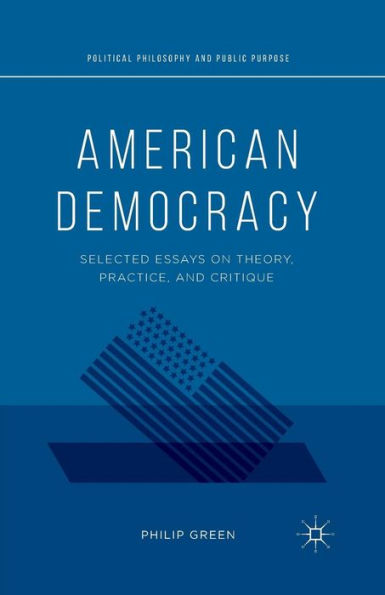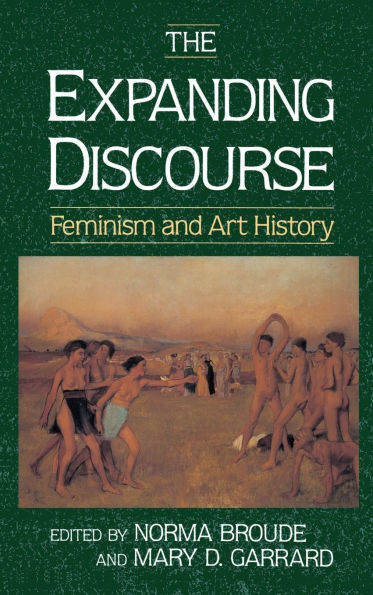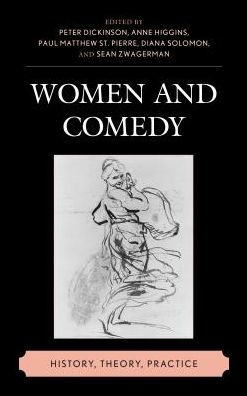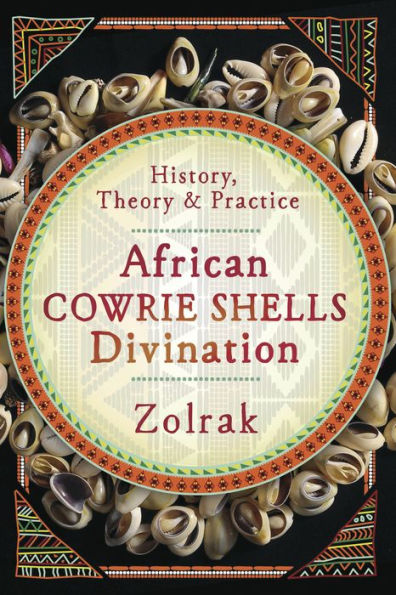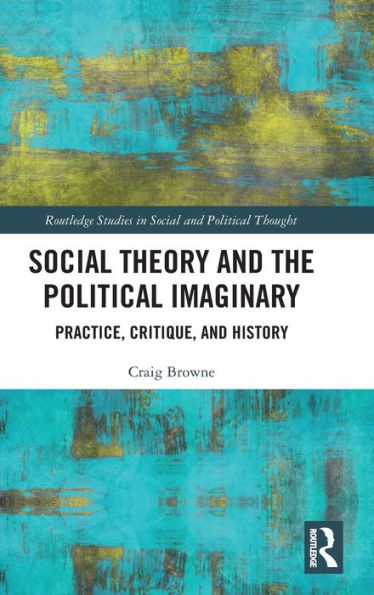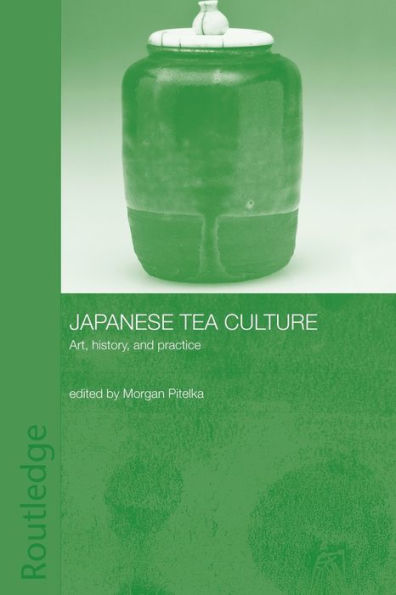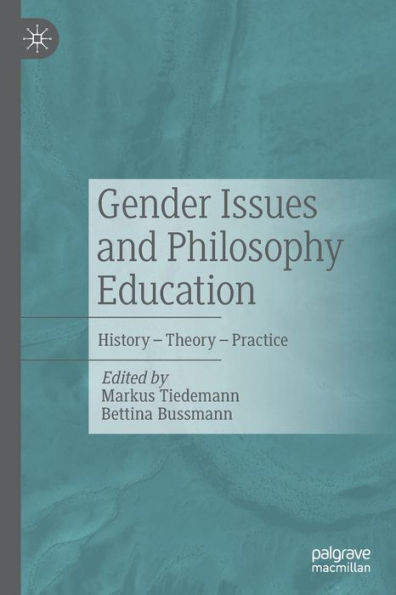Home
Feminism and Art History Now: Radical Critiques of Theory Practice
Loading Inventory...
Barnes and Noble
Feminism and Art History Now: Radical Critiques of Theory Practice
Current price: $160.00
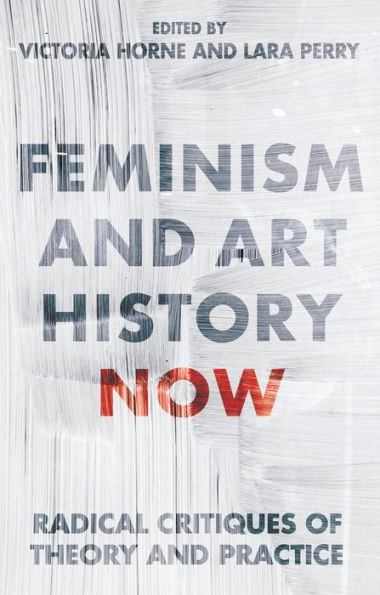

Barnes and Noble
Feminism and Art History Now: Radical Critiques of Theory Practice
Current price: $160.00
Loading Inventory...
Size: Hardcover
*Product Information may vary - to confirm product availability, pricing, and additional information please contact Barnes and Noble
To what extent have developments in global politics, artworld institutions and local cultures reshaped the critical directions of feminist art historians? The significant research gathered in
Feminism and Art History Now
engages with the rich inheritance of feminist historiography since around 1970, and considers how to maintain the forcefulness of its critique while addressing contemporary political struggles.
Taking on subjects that reflect the museological, global and materialist trajectories of 21st-century art historical scholarship, the chapters address the themes of Invisibility, Temporality, Spatiality and Storytelling. They present new research on a diversity of topics that span political movements in Italy, urban gentrification in New York, community art projects in Scotland and Canada's contemporary indigenous culture. Case studies focus on the art of Lee Krasner, The Emily Davison Lodge, Zoe Leonard, Martha Rosler, Carla Lonzi and Womanhouse. Together with a synthesising introductory essay, these case studies provide readers with a view of feminist art histories of the past, present and future.
Feminism and Art History Now
engages with the rich inheritance of feminist historiography since around 1970, and considers how to maintain the forcefulness of its critique while addressing contemporary political struggles.
Taking on subjects that reflect the museological, global and materialist trajectories of 21st-century art historical scholarship, the chapters address the themes of Invisibility, Temporality, Spatiality and Storytelling. They present new research on a diversity of topics that span political movements in Italy, urban gentrification in New York, community art projects in Scotland and Canada's contemporary indigenous culture. Case studies focus on the art of Lee Krasner, The Emily Davison Lodge, Zoe Leonard, Martha Rosler, Carla Lonzi and Womanhouse. Together with a synthesising introductory essay, these case studies provide readers with a view of feminist art histories of the past, present and future.
